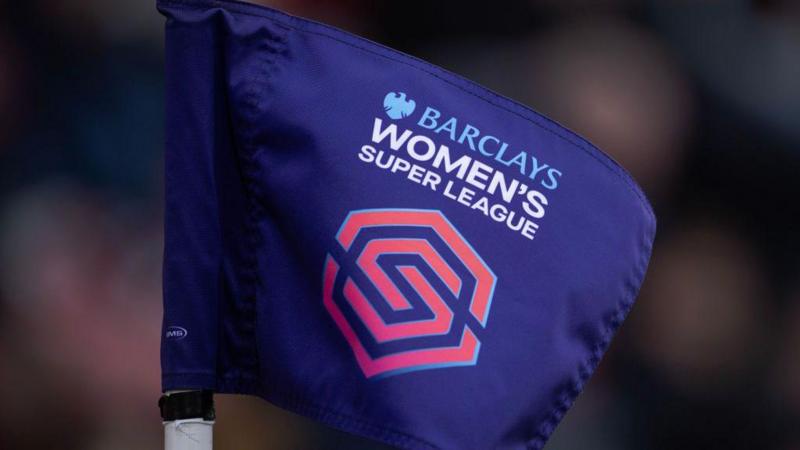WSL Clubs Trial Alcohol Sales in Stands: What It Means for Fans




In a groundbreaking move set to take effect next season, the rules regarding alcohol consumption at women’s football matches will see a significant change. Previously restricted to concourses and designated areas, supporters will soon be able to enjoy their beverages directly in the stands, as part of an innovative trial aimed at enhancing the match-day experience.
The decision to extend this trial across all tiers of women's football comes after initial tests were met with positive feedback from fans and stakeholders alike. This shift approaches how sporting events can become more enjoyable and fan-friendly while maintaining a family-friendly atmosphere.
The updated policy is not just about allowing fans to sip on a beer while cheering for their favorite teams; it's a strategic move to boost attendance and support for women's football. Historically, sports events where alcohol is accessible in view of the action have reported higher spectator numbers. By implementing this change, organizers hope to replicate the same success within women's football leagues, which have been gaining popularity but still struggle with the challenge of filling stadiums consistently.
This approach also aligns with broader trends happening across the sporting world, where the experiential aspect of watching a game is increasingly emphasized. Sports, especially football, are seen not just as competitions but as social events, where the atmosphere contributes as much to the spectator experience as the game itself. Bringing alcohol to the stands is seen as an addition to this social experience, allowing fans to relax and enjoy the event in a manner akin to watching a match in a pub with friends.
There are also financial implications to consider. Concession sales, including alcohol, are substantial revenue streams for many sports venues. By allowing fans to drink in the stands, clubs might see an increase in beverage sales, which can then be reinvested into the team and facilities, potentially elevating the entire league.
Safety and comfort are paramount, and the organizers are committed to ensuring that the family-friendly environment of women's football matches is preserved. Reports from the pilot programs indicated no significant issues with crowd behavior, and many fans stated that the ability to drink in the stands made the game more enjoyable without compromising the welcoming atmosphere.
Critically, this change also serves to put women's games on equal footing with men's matches, where some leagues have allowed in-stand alcohol consumption for years. It addresses an incongruity between how male and female sporting events are treated in terms of amenities and regulations, which can influence both public perception and media coverage.
The implications extend beyond just the match-day experience. Engaging more fans, creating inclusive environments where everyone can enjoy the spectacle on their terms, and addressing gender disparities in sports are all dimensions of this policy. This trial represents an exciting experiment in enhancing the appeal of women's football, demonstrating a commitment to evolving with the times and the needs of modern sports audiences.
As the trial unfolds next season, it will be closely monitored to ensure that it continues to benefit the fans and the sport without detracting from the family-oriented environment that many enjoy at women's football games. Clubs participating in the trial will likely provide feedback that could lead to further adjustments, ensuring that the initiative serves the best interests of all parties involved.
In adopting this new approach, the game's organizers have underscored their commitment to fan engagement and the growth of women's football. They've set a precedent that could potentially influence other sports to rethink how they cater to their audiences, making spectating more enjoyable and accessible for every fan.